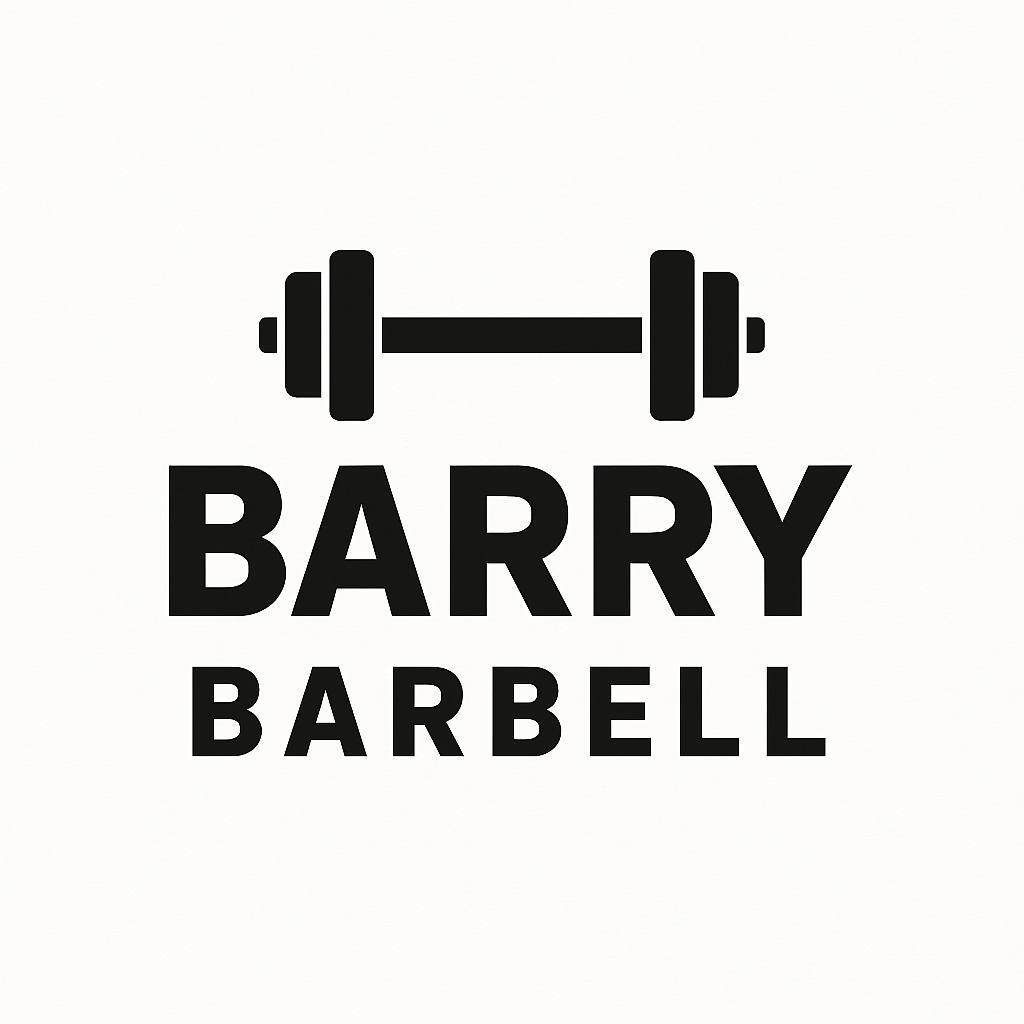If you’ve ever heard of “fasted training” or “training on an empty stomach,” you may wonder if it’s worth trying. Fasted training refers to exercising in a state of low blood sugar, typically after an overnight fast. In this article, we’ll explore the benefits and drawbacks of fasted training and when it may be appropriate for you.
What is Fasted Training?
Fasted training involves exercising without consuming any calories beforehand, typically in the morning after an overnight fast. The goal is to use stored energy (glycogen and fat) as fuel, rather than relying on a recent meal. The body’s glycogen stores are depleted overnight and can provide enough energy for a moderate-intensity workout. As the body uses up its glycogen, it starts burning fat for energy, which can lead to greater fat loss.

Benefits of Fasted Training
- Increased Fat Burn
When you exercise in a fasted state, your body relies on fat stores for energy, which can lead to increased fat burn and weight loss. One study found that fasted training resulted in greater fat loss compared to training after a meal. - Improved Insulin Sensitivity
Fasted training has been shown to improve insulin sensitivity, which is the body’s ability to use insulin to transport glucose (sugar) from the bloodstream into cells for energy. Improved insulin sensitivity can lead to better blood sugar control and lower risk of type 2 diabetes. - More Growth Hormone
Fasted training can increase the production of growth hormone, which plays a role in muscle growth and repair. Research suggests that growth hormone levels may be highest in the morning, making it an ideal time to train fasted. - Mental Clarity
Some people report feeling more focused and alert during fasted training. This may be due to the body’s increased production of catecholamines, which are hormones that help improve mental alertness.
Drawbacks of Fasted Training
- Reduced Intensity
Exercising in a fasted state can result in reduced exercise intensity and performance. Without sufficient glycogen stores, your body may not be able to perform at its highest level, which can lead to decreased motivation and energy during your workout. - Muscle Loss
Fasted training can increase the breakdown of muscle tissue for energy, especially if you’re not consuming enough protein in your diet. This can lead to muscle loss and a decrease in overall strength and performance. - Hunger Pangs
Exercising on an empty stomach can trigger hunger pangs and discomfort. This may be especially true if you’re doing high-intensity exercise, such as weight training or interval training.
When to Train Fasted
Fasted training may be appropriate for individuals who are looking to lose weight and improve insulin sensitivity. It may also be beneficial for those who have trouble exercising after a meal due to digestive discomfort. However, it’s important to listen to your body and ensure that you’re able to maintain intensity and performance during your workouts.
If you’re considering fasted training, it’s recommended to start with low to moderate-intensity exercise and gradually increase intensity as your body adapts. You may also want to consume a small amount of branched-chain amino acids (BCAAs) before or during your workout to help reduce muscle breakdown.

Conclusion
Fasted training can provide a number of benefits, including increased fat burn, improved insulin sensitivity, and increased growth hormone production. However, it’s important to consider the potential drawbacks, including reduced intensity, muscle loss, and hunger pangs. Fasted training may be appropriate for individuals looking to lose weight and improve insulin sensitivity, but it’s important to listen to your body and ensure that you’re able to maintain intensity and performance during your workouts. It’s also important to ensure that you’re consuming enough protein in your diet to prevent muscle breakdown.
Ultimately, the decision to train fasted depends on individual preferences and goals. Some people may find that fasted training works well for them, while others may prefer to eat a small meal before exercising. It’s important to experiment with different approaches and find what works best for you.
In summary, fasted training can be a useful tool for weight loss, improved insulin sensitivity, and increased growth hormone production. However, it’s important to consider the potential drawbacks, including reduced intensity, muscle loss, and hunger pangs. If you’re considering fasted training, start with low to moderate-intensity exercise and listen to your body to ensure that you’re able to maintain performance and intensity during your workout.

